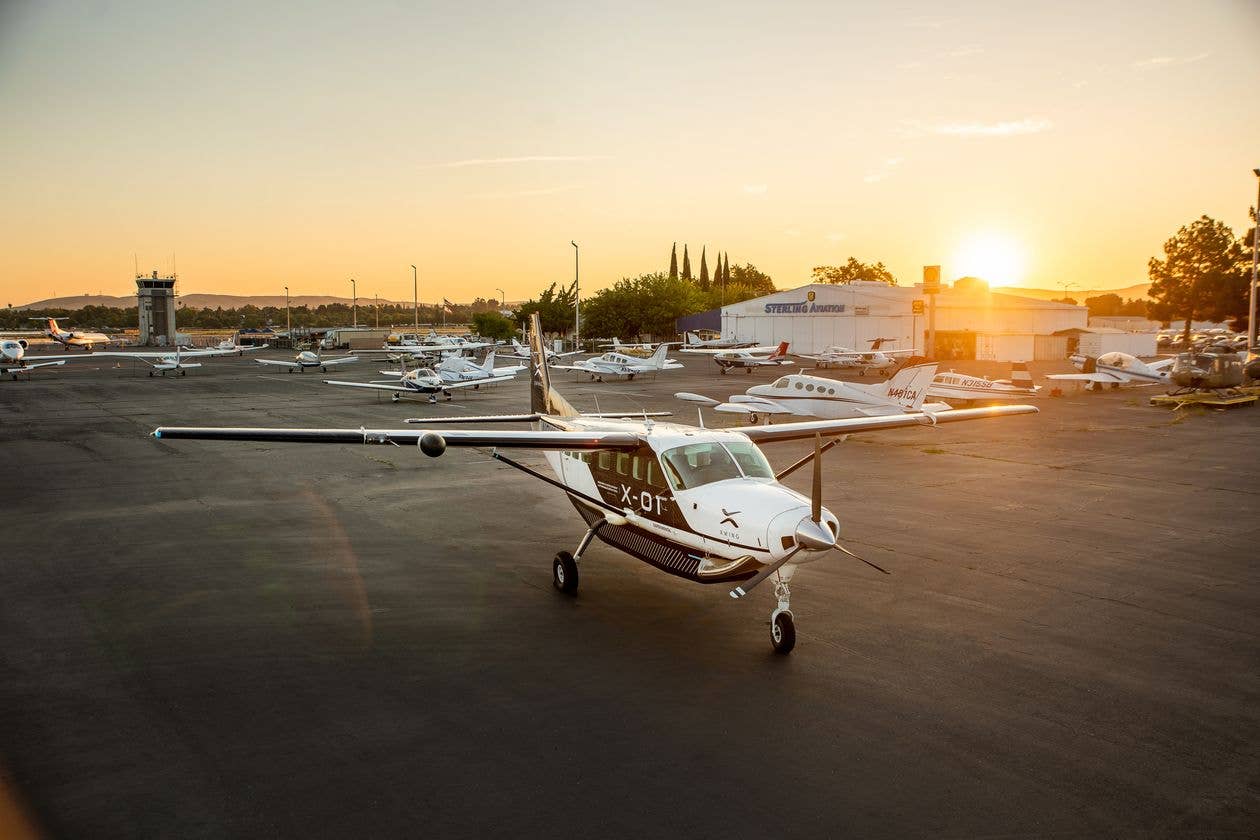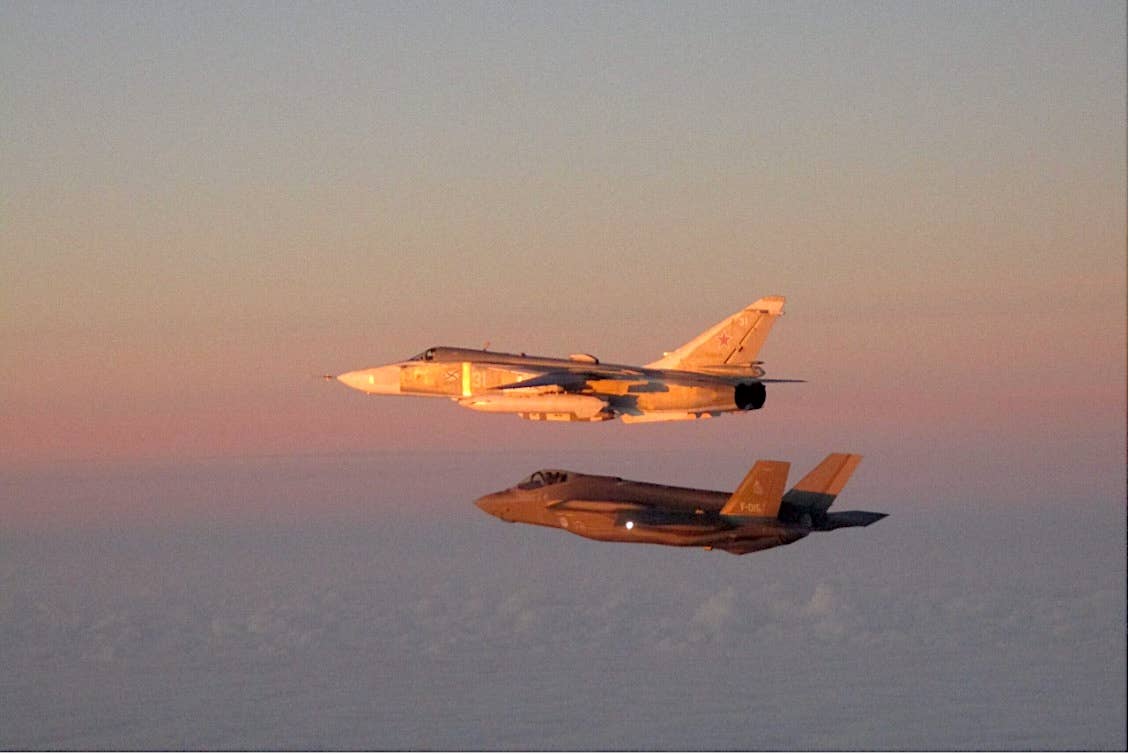Pilots On Board To Develop Pilotless Technology
A California company is taking a novel approach to autonomous aviation by making human pilots an integral part of its development. While many of the more advanced drone hopefuls have…

A California company is taking a novel approach to autonomous aviation by making human pilots an integral part of its development. While many of the more advanced drone hopefuls have created elaborate clean-sheet designs, San Francisco startup Xwing is heaping new technology into a proven design with room for a human to act as pilot in command. “This is the fastest way to get to commercial uncrewed flight,” company founder Marc Piette told The Wall Street Journal. Xwing is equipping a fleet of Grand Caravans used for routine cargo flights with gear to gather data on everything from navigation to emergency procedures. Assuming it all works, the company hopes to have pilotless Caravans flying cargo long before the first clean-sheet designs are certified.
Piette told the WSJ that ground-based pilots will also be involved in the initial phase, handling ATC calls and monitoring performance. Once all the kinks are worked out, the company hopes the first pilotless Caravans will operate over water or wilderness sooner rather than later. The Journal story says that could happen within a couple of years. It’s anyone’s guess when this kind of autonomous aviation can mix it up with regular traffic but if and when that happens, the technology is scalable. It could be adapted for other already-certified designs for different capabilities and missions.






